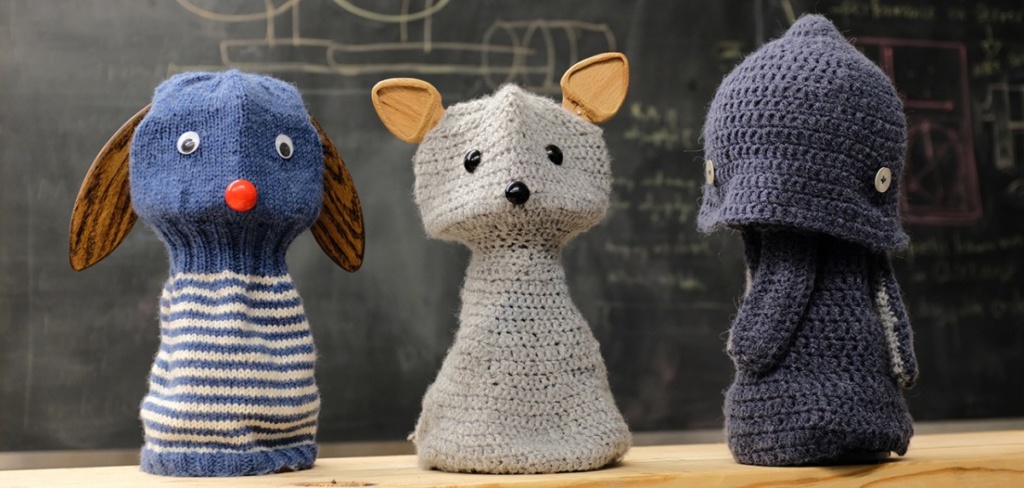模型:
timm/inception_resnet_v2.tf_ens_adv_in1k
任务:
 图像分类
图像分类
许可:
 apache-2.0
apache-2.0
 中文
中文Model card for inception_resnet_v2.tf_ens_adv_in1k
A Inception-ResNet-v2 image classification model. Adversarially (ensemble) trained on ImageNet-1k by paper authors. Ported from Tensorflow by Ross Wightman.
Model Details
- Model Type: Image classification / feature backbone
-
Model Stats:
- Params (M): 55.8
- GMACs: 13.2
- Activations (M): 25.1
- Image size: 299 x 299
-
Papers:
- https://arxiv.org/abs/1602.07261 : https://arxiv.org/abs/1602.07261
- Adversarial Attacks and Defences Competition: https://arxiv.org/abs/1804.00097
- Original: https://github.com/tensorflow/models
- Dataset: ImageNet-1k
Model Usage
Image Classification
from urllib.request import urlopen
from PIL import Image
import timm
img = Image.open(urlopen(
'https://huggingface.co/datasets/huggingface/documentation-images/resolve/main/beignets-task-guide.png'
))
model = timm.create_model('inception_resnet_v2.tf_ens_adv_in1k', pretrained=True)
model = model.eval()
# get model specific transforms (normalization, resize)
data_config = timm.data.resolve_model_data_config(model)
transforms = timm.data.create_transform(**data_config, is_training=False)
output = model(transforms(img).unsqueeze(0)) # unsqueeze single image into batch of 1
top5_probabilities, top5_class_indices = torch.topk(output.softmax(dim=1) * 100, k=5)
Feature Map Extraction
from urllib.request import urlopen
from PIL import Image
import timm
img = Image.open(urlopen(
'https://huggingface.co/datasets/huggingface/documentation-images/resolve/main/beignets-task-guide.png'
))
model = timm.create_model(
'inception_resnet_v2.tf_ens_adv_in1k',
pretrained=True,
features_only=True,
)
model = model.eval()
# get model specific transforms (normalization, resize)
data_config = timm.data.resolve_model_data_config(model)
transforms = timm.data.create_transform(**data_config, is_training=False)
output = model(transforms(img).unsqueeze(0)) # unsqueeze single image into batch of 1
for o in output:
# print shape of each feature map in output
# e.g.:
# torch.Size([1, 64, 147, 147])
# torch.Size([1, 192, 71, 71])
# torch.Size([1, 320, 35, 35])
# torch.Size([1, 1088, 17, 17])
# torch.Size([1, 1536, 8, 8])
print(o.shape)
Image Embeddings
from urllib.request import urlopen
from PIL import Image
import timm
img = Image.open(urlopen(
'https://huggingface.co/datasets/huggingface/documentation-images/resolve/main/beignets-task-guide.png'
))
model = timm.create_model(
'inception_resnet_v2.tf_ens_adv_in1k',
pretrained=True,
num_classes=0, # remove classifier nn.Linear
)
model = model.eval()
# get model specific transforms (normalization, resize)
data_config = timm.data.resolve_model_data_config(model)
transforms = timm.data.create_transform(**data_config, is_training=False)
output = model(transforms(img).unsqueeze(0)) # output is (batch_size, num_features) shaped tensor
# or equivalently (without needing to set num_classes=0)
output = model.forward_features(transforms(img).unsqueeze(0))
# output is unpooled, a (1, 1536, 8, 8) shaped tensor
output = model.forward_head(output, pre_logits=True)
# output is a (1, num_features) shaped tensor
Model Comparison
Explore the dataset and runtime metrics of this model in timm model results .
Citation
@article{Szegedy2016Inceptionv4IA,
title={Inception-v4, Inception-ResNet and the Impact of Residual Connections on Learning},
author={Christian Szegedy and Sergey Ioffe and Vincent Vanhoucke and Alexander A. Alemi},
journal={ArXiv},
year={2016},
volume={abs/1602.07261}
}
@article{Kurakin2018AdversarialAA,
title={Adversarial Attacks and Defences Competition},
author={Alexey Kurakin and Ian J. Goodfellow and Samy Bengio and Yinpeng Dong and Fangzhou Liao and Ming Liang and Tianyu Pang and Jun Zhu and Xiaolin Hu and Cihang Xie and Jianyu Wang and Zhishuai Zhang and Zhou Ren and Alan Loddon Yuille and Sangxia Huang and Yao Zhao and Yuzhe Zhao and Zhonglin Han and Junjiajia Long and Yerkebulan Berdibekov and Takuya Akiba and Seiya Tokui and Motoki Abe},
journal={ArXiv},
year={2018},
volume={abs/1804.00097}
}


















